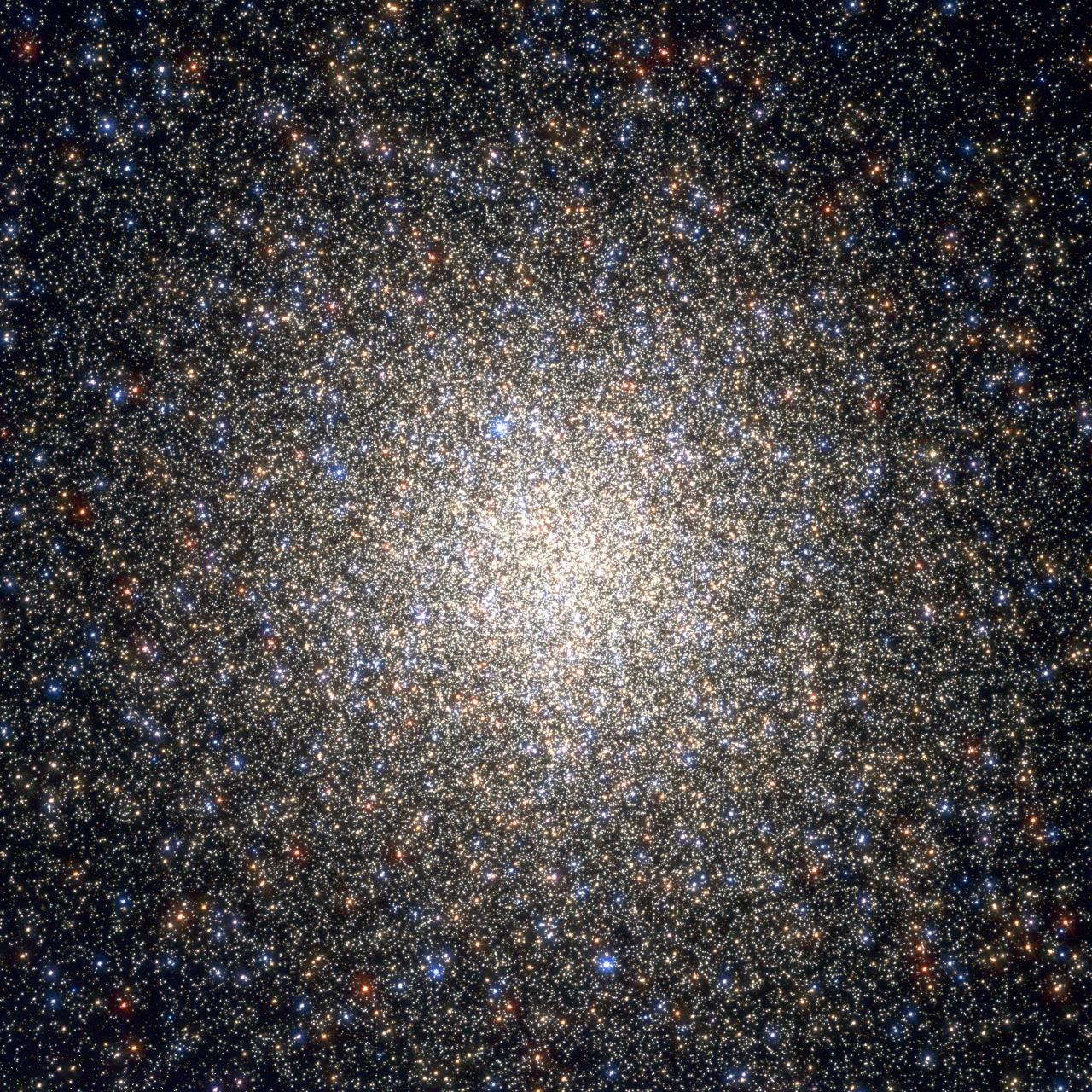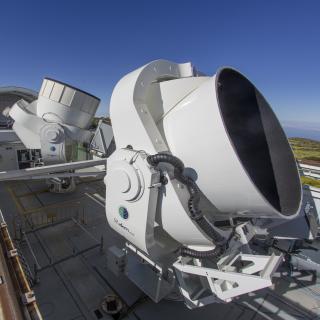Related grants:
General
The general aim of the project is to research the structure, evolutionary history and formation of galaxies through the study of their resolved stellar populations, both from photometry and spectroscopy. The group research concentrates in the most nearby objects, namely the Local Group galaxies including the Milky Way and M33 under the hypothesis that they are a good representation of the general population of galaxies in the Universe.
The project can be divided in four research lines:
I. Star formation history in the Local Group.
The goal is to characterise the spatial and temporal structure of the galaxies of the Local Group through the observations of individual stars. The fundamental aim is to derive the detailed star formation history (SFH) of a given galaxy in all its evolutionary stages, in order to determine the impact of cosmological (e.g. reionization, self-shielding) and local processes (e.g. gas sweeping by supernovas, tidal forces, stellar migration).
II. Multiple stellar populations in globular clusters.
At odds of what it is classically predicted, there is evidence that globular clusters (GC) host more than one stellar population with different chemical composition. HST photometric observations of GC show strong evidence of multiple main sequences in the CMDs. The aim of this line is to characterise the aforementioned multiple populations in GC.
III. Structure and formation of the Milky Way.
The main purpose of this research line is to study the Milky Way via by using GAIA data (spacebased), and the ESO-VVV survey (Vista Telescope). These data are going to provide a perfect opportunity to study the star formation history of the Galactic disk and bulge. In order to use GAIA and VVV data we need to adapt the tools developed by our group to study stellar populations.
IV. Stellar evolution and synthetic color-magnitude diagram.
We have developed a new stellar evolutionary library. There is the need in the scientific community to increase the reliability and accuracy in the stellar models computation using the most updated results in Physics, such as the equation of state, new opacities, and nuclear sections.
Members
Results
Milestones
- Development of the web site http://basti-iac.oa-teramo.inaf.it for the BaSTI stellar evolution library
- Obtention of near-infrared PSF photometry of the full VVV disk region (220 sq. deg between 294.7° ≤ l ≤ 350.0° and |b| ≤ 2.25°) in J and Ks bands
- Computation of a open access data base of "cromosomic maps" for all the object of the "HST Legacy Project on Globular Clusters".
- Determination of the star formation history of three Ultra-fain Dwarfs (UFD): Bootes I, Canes Venatici II y Leo IV



